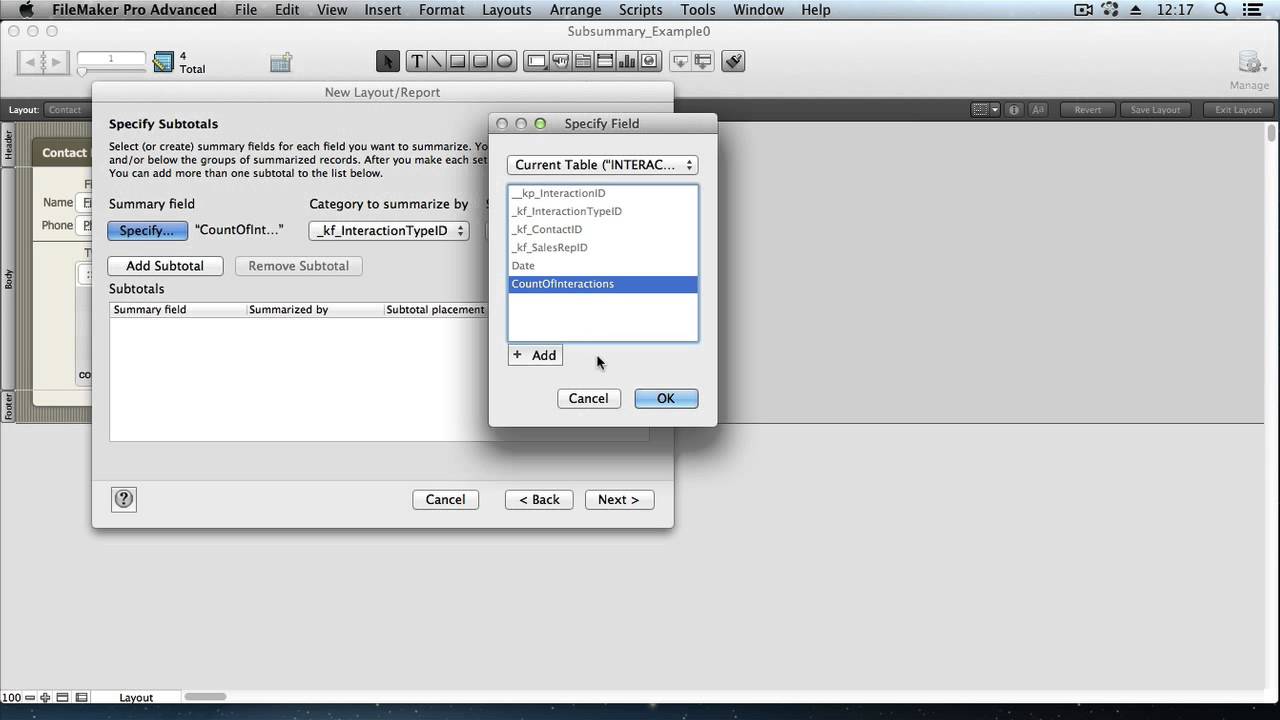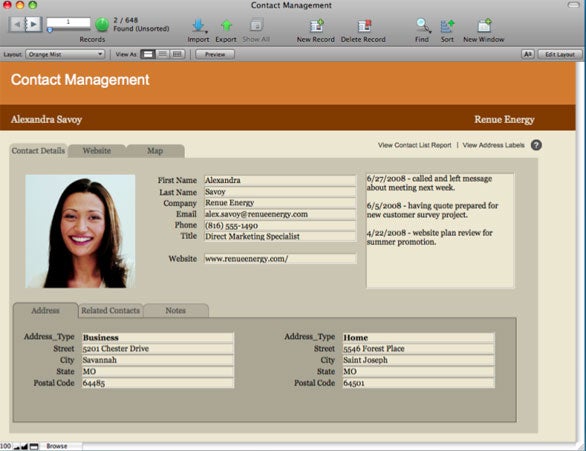
Need a short-term workaround, and, longer term, a "preserve text formatting" check box when exporting from Numbers. Yeah, I could do the formatting in FileMaker, but that is tedious.

fp5 databases to Excel spreadsheet format.

CONVERT FILEMAKER PRO TO EXCEL SOFTWARE
fp5 databases and save them as Excel spreadsheets (.xlsx) would be to use the very software they were created in - FileMaker Pro.Seems the support for older FileMaker format is pretty limited, so this may not only be your best, but also possibly the only way to convert. title caps) is lost, and the text reverts to all caps. The only reliable way to work with and possibly export old. However, when exporting Numbers files (and I have tried all export formats I could use), the cell formatting applied to text (i.e. So I have to first convert the data to title caps in Numbers, save the file as an Excel file, then import the Excel file into FileMaker. However, FileMaker Pro 16 (FileMaker is an Apple company!!!) does not support import from Numbers. I then imported the list into FileMaker, and the records were capitalized correctly. I used to use Excel, and converted the caps using the proper() function.

Once a file has been converted, that file cannot be opened in previous versions of. During the conversion process, FileMaker Pro automatically makes a copy of your file and leaves the original file untouched. I use the spreadsheet to make many different modifications (delete unwanted columns an rows, add new data, etc.). This means that files from previous versions of FileMaker Pro need to be converted before they can be opened and used in FileMaker Pro 12. See Exporting as CSV for more information on CSV files.I import a lead list from trade shows, and the list is all caps.
CONVERT FILEMAKER PRO TO EXCEL INSTALL
In case it does not, the only option would be to to install old version of FileMaker Pro, in this case 3.0 version. fp3 files to Excel should be possible, provided the latest versions of FileMaker still support its old formats. It is highly recommended to use UTF-8, especially when your data contains characters from foreign scripts. FileMaker Pro supports both the import and export of Excel spreadsheets (.xls. It doesnt seem that any 3rd party programs support older FileMaker databases so there probably are no other choices that can convert fp3 to xlsx. xlsx) and thus it should be quite possible to export databases from FileMaker as Excel spreadsheets, i.e. You can however change the encoding to UTF-8 when opening the file. FileMaker Pro supports both the import and export of Excel formats (.xls. MDB Viewer can also export CSV files that are supported by Filemaker Pro.įilemaker always uses the international CSV format (comma as field separator, period as decimal mark).īy default, Filemaker expects files to be encoded in MacRoman. select "New Table" and "First Row contains field names" and saveįor more on exporting Excel files with MDB Viewer, see Converting Access Databases to Microsoft Excel.in Filemaker, choose "Import data" from the File menu and select a work sheet from your Excel file (FileMaker will only accept one work sheet at a time).To add additional tables to your FileMaker Pro database: To include additional tables from your Access DB you have to import each work sheet from your Excel file seperately as a new table into your FileMaker file. select "First Row contains field names" and saveĪs a result you have now a new FileMaker Pro DB with one table.when Filemaker prompts you, select a work sheet (FileMaker will only accept one work sheet at a time).in the Finder, right click on the Excel file to open with Filemaker Pro Is there any way I can import into Excel or convert to Excel or text or DBF or whatever (I did a Google but couldnt find anything for free).in MDB Viewer, click the "Export Excel" button to export all tables to an Excel file.The quickest way to convert your Microsoft Access database to Filemaker is Converting Access Databases to Filemaker Pro using MDB Viewerįilemaker Pro 11 can import Excel and CSV files one table at a time.


 0 kommentar(er)
0 kommentar(er)
